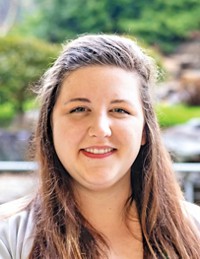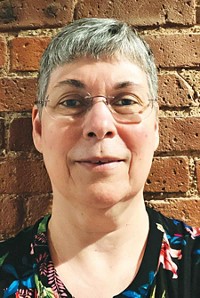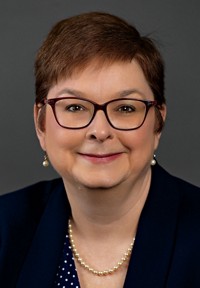Advertisement
Grab your lab coat. Let's get started
Welcome!
Welcome!
Create an account below to get 6 C&EN articles per month, receive newsletters and more - all free.
It seems this is your first time logging in online. Please enter the following information to continue.
As an ACS member you automatically get access to this site. All we need is few more details to create your reading experience.
Not you? Sign in with a different account.
Not you? Sign in with a different account.
ERROR 1
ERROR 1
ERROR 2
ERROR 2
ERROR 2
ERROR 2
ERROR 2
Password and Confirm password must match.
If you have an ACS member number, please enter it here so we can link this account to your membership. (optional)
ERROR 2
ACS values your privacy. By submitting your information, you are gaining access to C&EN and subscribing to our weekly newsletter. We use the information you provide to make your reading experience better, and we will never sell your data to third party members.
Careers
ACS News: ACS Creates New Subdivision For Gay & Transgender Chemists & Allies
by Linda Wang
May 23, 2011
| A version of this story appeared in
Volume 89, Issue 21

Chemists in the lesbian, gay, bisexual, and transgender (LGBT) community are gaining visibility within the American Chemical Society. Last year, the ACS Division of Professional Relations created the Subdivision for Gay & Transgender Chemists & Allies to help advocate for the inclusion of LGBT chemists within the society and to draw attention to their workplace issues.
"What we're hoping to do as a subdivision is to educate chemists at large—and hopefully it'll trickle up to corporations—about why we need to be included in companies' diversity inclusion practices and why companies ought to have nondiscrimination policies," says Barbara L. Belmont, chair of the subdivision.
The subdivision organized its first symposium, "Gay & Transgender Chemists: The Case for Visibility & Diversity Inclusion," during the spring 2011 ACS national meeting in Anaheim, Calif.
Christopher Bannochie, chair of the ACS Division of Professional Relations and a member of the subdivision, says the subdivision grew out of the grassroots efforts of the LGBT Chemists & Allies group, which was formed in the late 1990s by ACS members as a caucus of the National Organization of Gay & Lesbian Scientists & Technical Professionals (NOGLSTP) and as a response to the lack of committee representation within ACS for LGBT issues.
In 2002, with the help of then-ACS President Eli M. Pearce, the LGBT Chemists & Allies caucus began hosting NOGLSTP-sponsored receptions during the fall ACS national meetings and informal dinners during the spring meetings. Since 2008, the fall receptions have been sponsored as a presidential event. "Having these meetings as a presidential event has been really critical because they're better publicized and they're better attended," Belmont says. "It makes the gay and transgender chemists who are at the meeting feel welcome and gives them the opportunity to meet other people like them."
ACS also includes sexual orientation, gender expression, and gender identity in its Professional Employment Guidelines, Academic Professional Guidelines, and statement on diversity, which were approved by the ACS Board of Directors in 1998, 2001, and 2007, respectively.
Bannochie says these actions are a step forward for LGBT chemists, but he notes that the successes have been slow in coming and that the LGBT community needs to become more visible. Only then, he says, will it truly experience success.
For more information about the ACS Subdivision for Gay & Transgender Chemists & Allies, visit prof.sites.acs.org/lgbtandallies.htm.





Join the conversation
Contact the reporter
Submit a Letter to the Editor for publication
Engage with us on Twitter